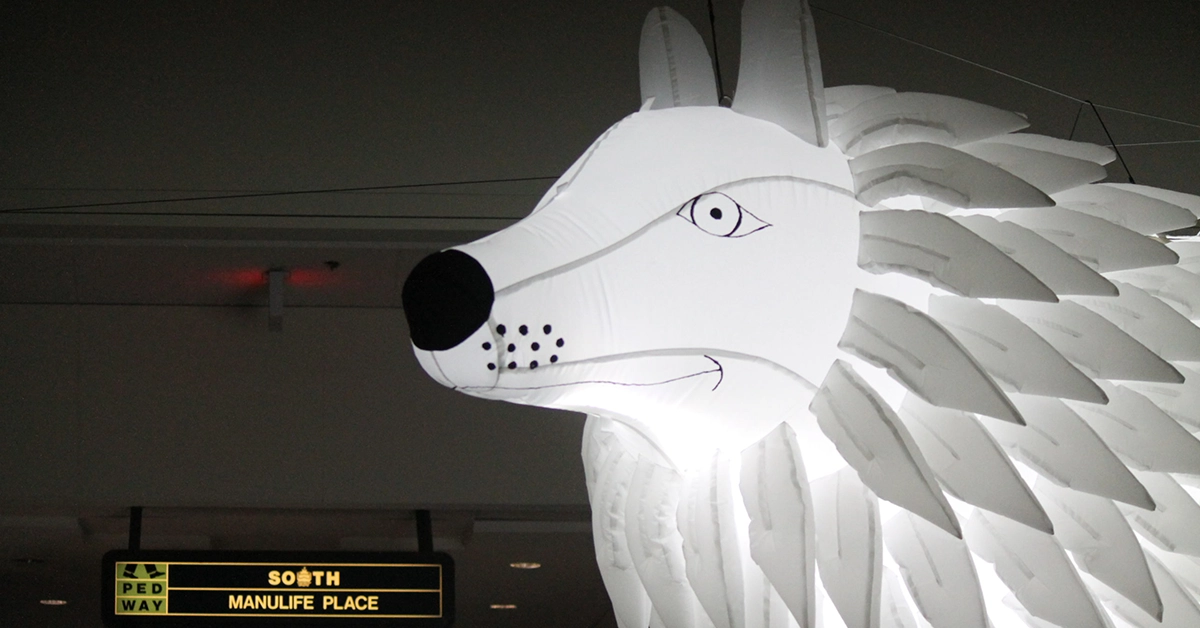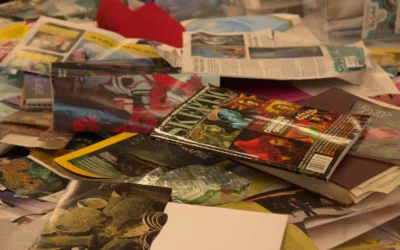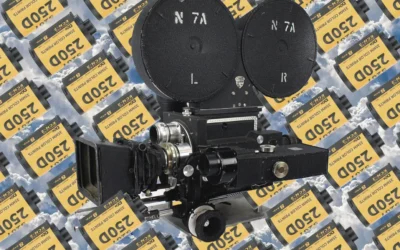There was a strong reinfusion of non-hockey-goer life in Edmonton’s downtown last weekend. Nuit Blanche, Edmonton’s version of the all-night art festival that began in Paris during 2002, was held Saturday, Sept. 29. Well, Saturday night to Sunday morning. This year’s festival went on from 7 p.m. to 7 a.m., with 30 projects divided into 10 large installations in the theme of Light and Illumination, focusing on gentrification and the cost of beauty in our city.
The festival spanned a large portion of central downtown, from 96 Street in Chinatown to the EPCOR Tower. The projects ranged from giant interactive projections to spinning lights, a tunnel of spiral glow to experimental electroacoustic music. Another installation was titled Vignettes, a series of different spaces filled with art inspired by Jay-Z to Alice in Wonderland.
I had a chance to sit down with the Board, Chair, and President of Nuit Blanche Edmonton, Todd Janes, to talk about the festival. If you do not know Janes’ name yet, you will soon. Over the past three years, Nuit Blanche Edmonton, under the guide of Janes, has been involved with Edmonton Design Week, Edmonton Culture Week, and their own separate festivals, which have attracted thousands of people cumulatively.
Over the phone, we discussed the history of Nuit Blanche in Edmonton. The inception of the festival stemmed from Janes, his two friends, and a late night of drinking — as good ideas often do — in 2013. The idea behind bringing Nuit Blanche to Edmonton was in part due to a feeling that many of the larger festivals had grown stale and lost their charm, it having been replaced with dollar signs (looking at you, Folk Festival). Why name it after a pre-existing French festival, though? Ideally, for recognition of the similarities between the two. Nuit Blanche is an independent, globally interconnected grassroots festival. And a festival based on filling the night with light fits perfectly into Edmonton’s long dark winters.
There is something about Edmonton art that never fails to bring the city together. Janes recalled how even the first year brought out over 50,000 people. In the past there was always a large number of new families and new Canadians alongside the young (and old) hip, art-going crowd. Janes talked about “quintessential moments” of the festival: moments when the magic of being present in a large crowd, all flocking to observe and absorb the art, brought Edmontonians closer together, such as the seizing of the street by pedestrians in 2015.
One of the issues that Janes wanted the festival to address was that of gentrification that is currently occurring in our downtown core. Janes mentioned how people are often suspect of contemporary art, and for good reason. Artists are so often viewed as a detached and privileged folk who become more concerned with fame and fortune than creating authentic art. It is ensured to be free. The idea is that these installations allowed us to view our downtown core differently, to examine the cost and meaning of developing (or forcing) beauty in the area. Ideally, Janes hoped that we could learn more from our city by walking it, to humanize what is now becoming a downtown flooded with corporate glass giants.
Janes mentioned one of the most important aspects of this festival for him, is to create accessible art that brings everyone together. This art is as much something to enjoy as it is something to make you think. Free through grants and sponsors, meant for everyone, and intended to be without pretension, this is more of the art that Edmonton needs if we wish to keep the spirit of our city alive during a time of immense change to our architecture and core.





0 Comments